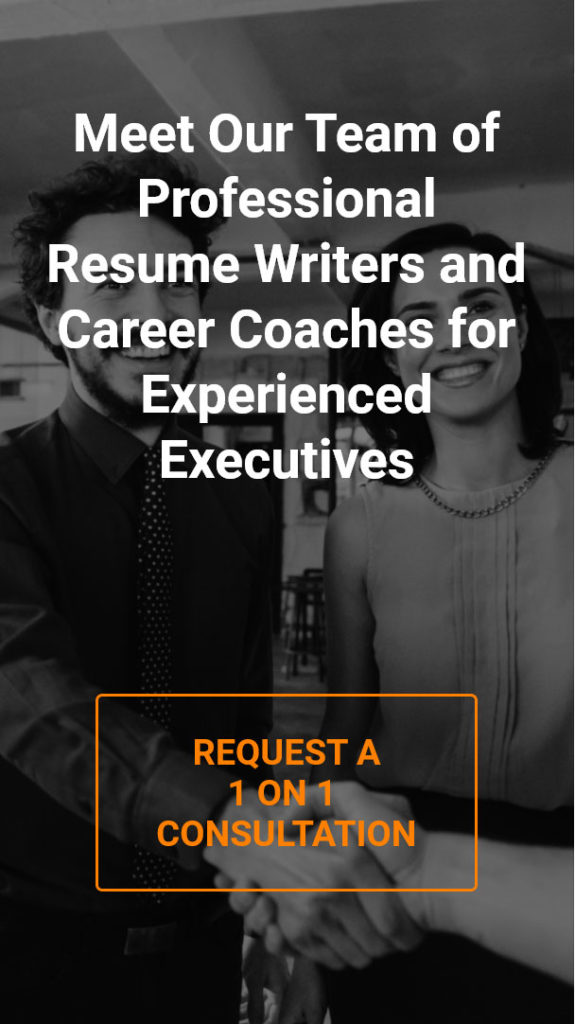In today’s competitive market, a successful executive job search goes far beyond sending out a resume. It’s about clarity, alignment, and strategy—understanding the company’s needs and positioning yourself as the obvious solution. That’s precisely what Ted Bolton did in his recent career pivot.
With decades of experience at a Fortune 10 company, Ted had led operations across retail and healthcare, building a strong reputation as a dependable senior leader. But when he set his sights on enterprise-level roles with more customer-facing strategy and influence, he hit a wall. His experience was extensive, but it didn’t meet every requirement for the next level of leadership.
That’s where the concept of the talent gap came in.
Identifying and Closing the Talent Gap
Rather than chasing promotions or relying on his resume to speak for itself, Ted shifted his approach. He asked a more strategic question:
“Where does the company lack leadership strength—and how can I become the person who fills that gap?”
He realized his brand didn’t yet reflect upstream experience with clients, enterprise strategy, or commercial decision-making. That awareness sparked a proactive plan: he sought out projects that would expose him to these areas, gaining the experience he needed to close the talent gap from the inside.
This clarity of purpose set the foundation for a more informed and intentional executive job search.
Investing in Personal Branding
A significant turning point in Ted’s journey was investing in his personal branding. His original resume and LinkedIn profile emphasized operational execution—important, but not enough to signal readiness for broader strategic roles. With the help of executive branding professionals at Executive Resume Writers, Ted rebuilt his career story to highlight business impact, leadership influence, and readiness to drive growth at the enterprise level.
His new brand told the right story, and that story started opening doors.
Positioning Before Applying
Importantly, Ted didn’t wait until he was actively job hunting to reposition himself. He updated his resume and brand proactively, while still employed, laying the groundwork before opportunity knocked.
That preparation paid off when a high-impact leadership role opened—one that required the very skills and perspective he had just developed. Because he’d already aligned his story to the company’s needs, he stepped confidently into the interview process.
Building Strategic Relationships
Ted also cultivated advocates across departments—leaders who could vouch for his strategic mindset and evolving capabilities. These relationships helped him stay visible, gather valuable feedback, and build influence beyond his immediate team. In a complex executive job search, these internal networks are often the difference between being considered and being chosen.
Making the Right Move—Even if It’s Lateral
Ted’s next step wasn’t upward—it was lateral. But that move gave him the strategic exposure he needed to continue building his brand and value proposition. It wasn’t about the title—it was about trajectory. And that mindset helped him accelerate his path toward broader enterprise leadership.
Key Takeaways for Executive Job Search Success
- Understand the talent gap: Don’t just focus on your goals—identify where the company has unmet leadership needs, and position yourself as the solution.
- Be honest about your readiness: Reflect on your experience and where it falls short. Then take steps to close those gaps.
- Invest in personal branding: Ensure your resume, LinkedIn profile, and interview messaging accurately reflect your strategic value and impact.
- Nurture your network: Cultivate relationships that extend beyond your immediate circle—internal champions can elevate your visibility.
- Lead with impact: Communicate your leadership through stories of outcomes, growth, and strategic alignment.
Ted’s journey is a case study in modern leadership transition. His story shows that a successful executive job search isn’t just about finding a new role—it’s about building the brand, narrative, and experience that make you the obvious answer to a leadership need.
Watch the full interview with Ted Bolton to learn how he aligned personal growth with business strategy.


